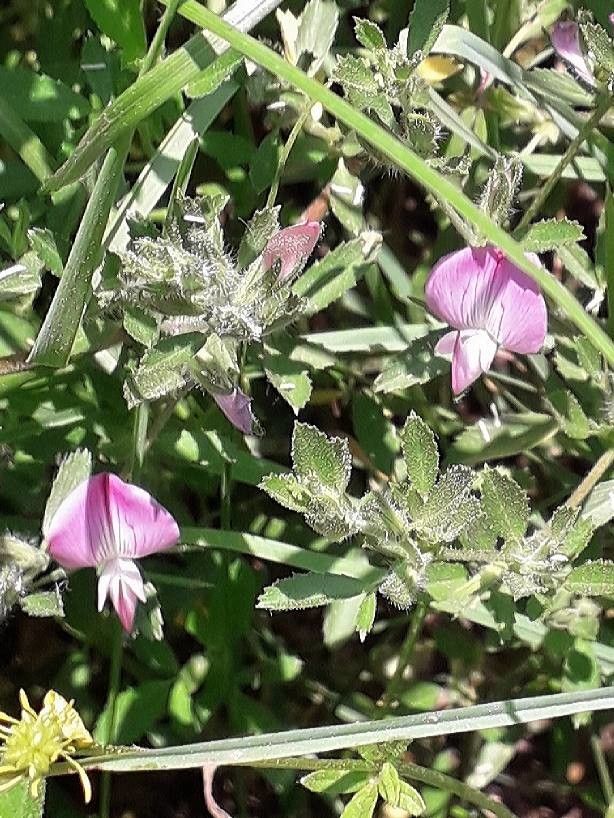Propagating Ononis reclinata: A Guide to Cultivating the Trailing Restharrow
Ononis reclinata, commonly known as the trailing restharrow, is a charming, low-growing perennial boasting delicate, pink-purple flowers and attractive foliage. Its sprawling habit makes it ideal for ground cover, rock gardens, or spilling over walls, adding a touch of wild elegance to any garden. While not as widely cultivated as some other perennials, its unique beauty and resilience have garnered a growing following among gardeners seeking something a little different. Propagating Ononis reclinata, however, presents some challenges, making successful cultivation all the more rewarding.
Seed Germination:
Currently, there are no known reliable methods for seed germination propagation of Ononis reclinata. While seed production may occur, germination rates are reportedly extremely low, even under optimal conditions. Further research is needed to determine if specific pre-treatment techniques, such as scarification or stratification, could improve germination success.
Cuttings:
Cuttings offer a more promising approach to propagating Ononis reclinata.
Challenges: Rooting success varies depending on the time of year and the quality of the cutting material. Hardwood cuttings taken in late autumn or semi-hardwood cuttings taken in late summer are often preferred.
Practical Tips: Take 10-15cm long cuttings from healthy, non-flowering stems. Remove lower leaves to prevent rotting. Treat the cut ends with a rooting hormone powder. Plant cuttings in a well-draining propagation mix (e.g., peat moss and perlite) and maintain consistently moist but not waterlogged conditions under high humidity (e.g., using a propagation dome or plastic bag).
Rewards: Cuttings provide a relatively quick and reliable method of producing genetically identical plants, preserving desirable traits. This method is ideal for smaller-scale propagation, ensuring the continuation of a particular plant’s characteristics.
Division:
Division is another feasible propagation method for Ononis reclinata, particularly for established plants.
Challenges: Ononis reclinata doesn’t readily form large clumps, limiting the number of propagules obtainable per division. Care must be taken to avoid damaging the roots during the process.
Practical Tips: Divide established plants in early spring or autumn during periods of active growth. Use a sharp, clean spade or knife to carefully separate the root system into sections, ensuring each section has sufficient roots and shoots. Replant the divisions immediately in well-prepared soil, keeping them well-watered until they establish.
Rewards: Division provides a straightforward method for increasing the number of plants and is often successful.
Tissue Culture:
Tissue culture is a complex and highly specialized propagation technique generally reserved for large-scale commercial propagation or research purposes.
Challenges: Establishing a tissue culture protocol for Ononis reclinata requires expertise and specialized laboratory equipment. The success rate is highly dependent on the specific media composition, growth regulators used, and meticulous aseptic techniques.
Practical Tips: This method is not recommended for the home gardener due to its complexity.
Conclusion:
Propagating Ononis reclinata presents unique challenges, with seed germination proving unreliable. Cuttings and division offer more realistic options for home gardeners, although success may require patience and attention to detail. While the difficulties might seem daunting, the unique satisfaction derived from successfully cultivating this attractive plant more than compensates for the effort involved. The perseverance required fosters a deeper appreciation for the plant’s resilience and beauty. So, if you are up for the challenge, experiment with cuttings and division, and enjoy the rewarding journey of nurturing these delicate trailing harrows. Remember to research specific environmental needs for your region to enhance your propagation success. Ultimately, your determination and careful attention will be handsomely repaid with a flourishing display of Ononis reclinata gracing your garden.
